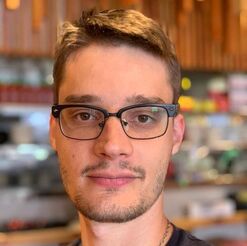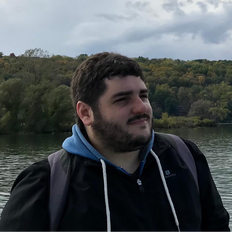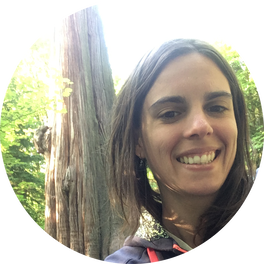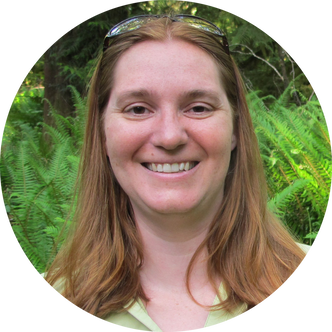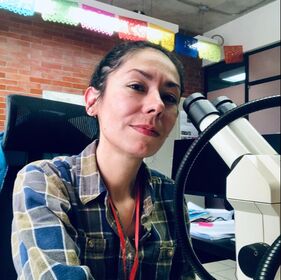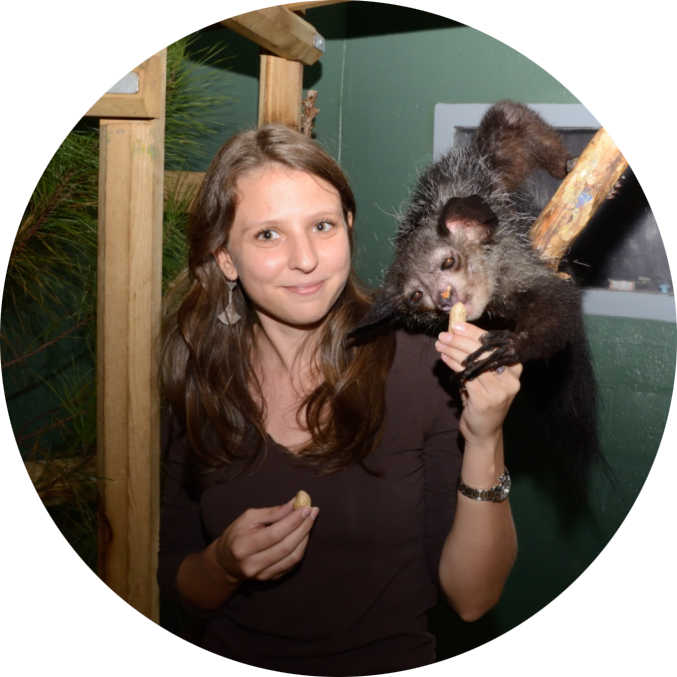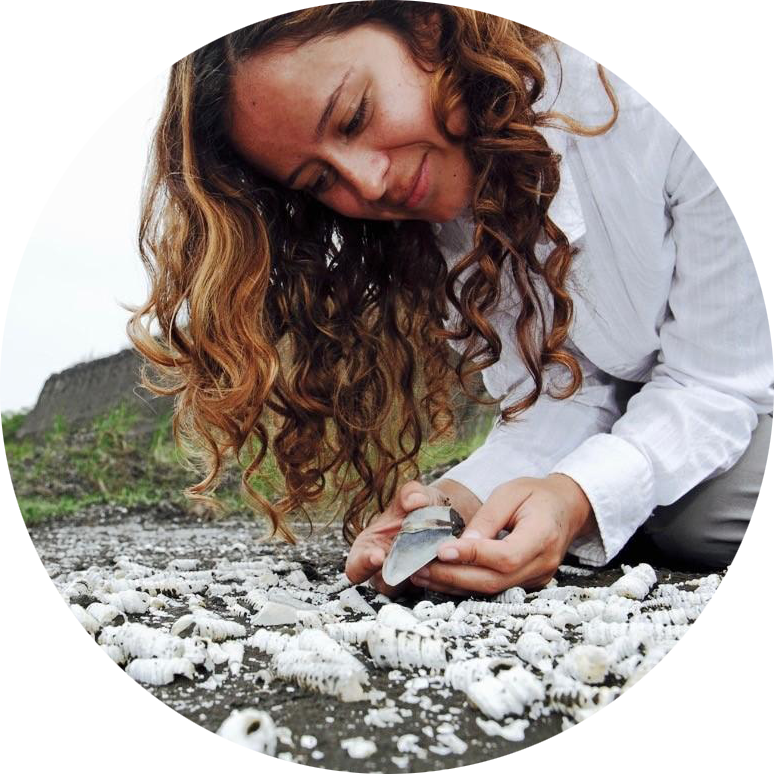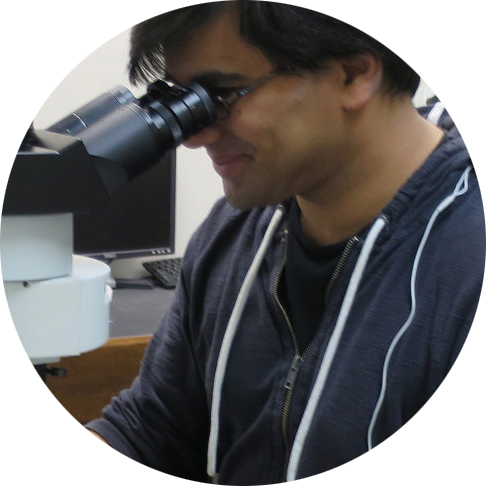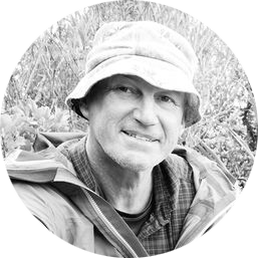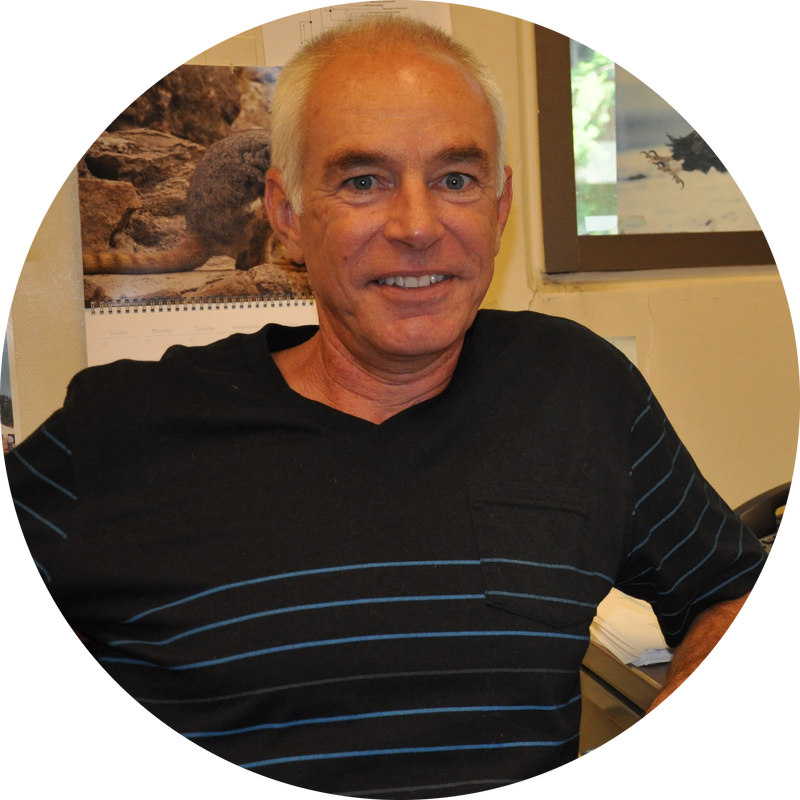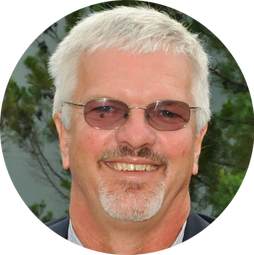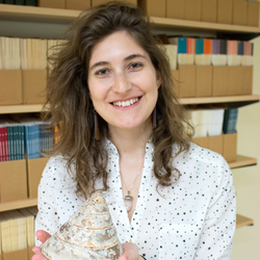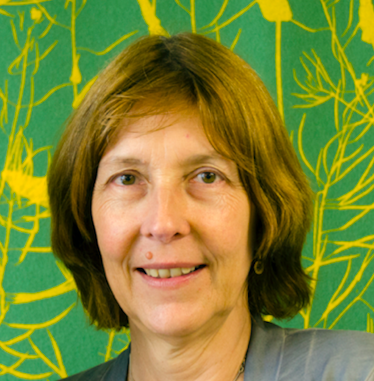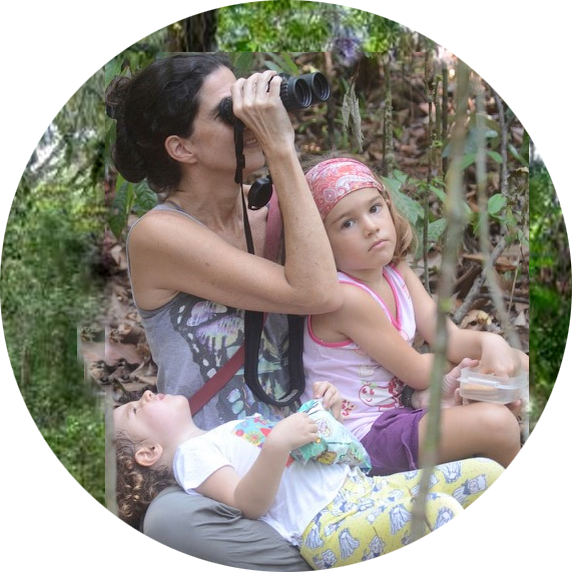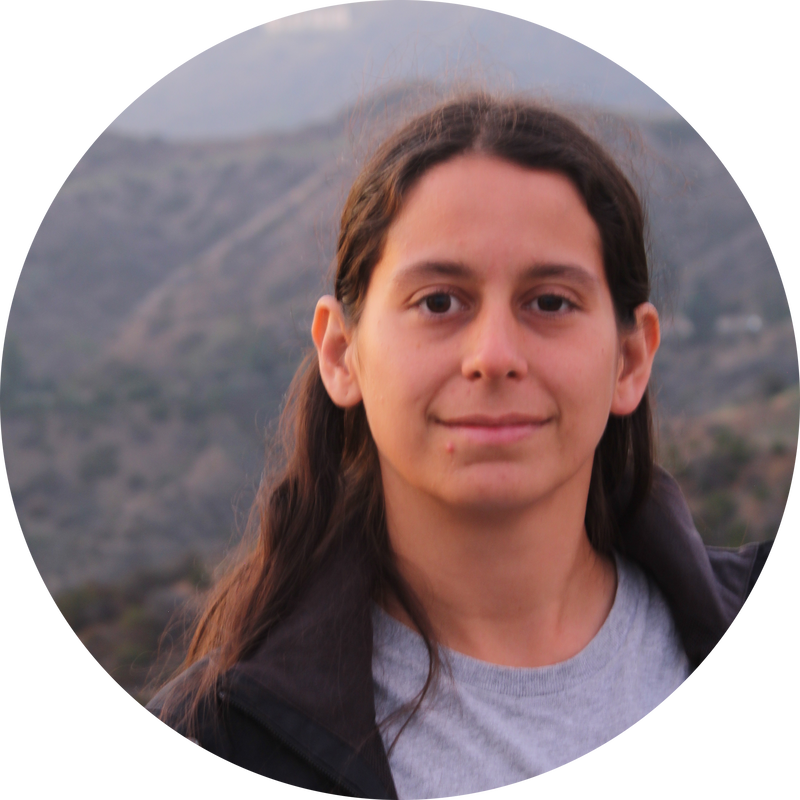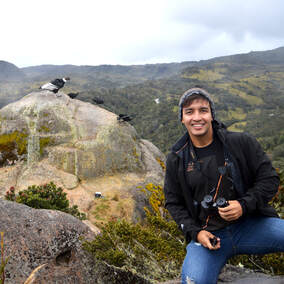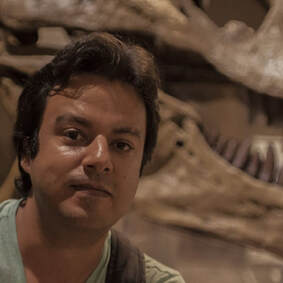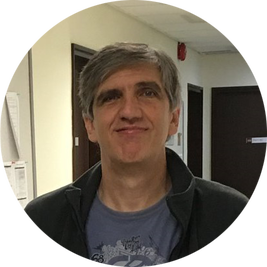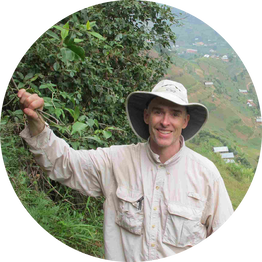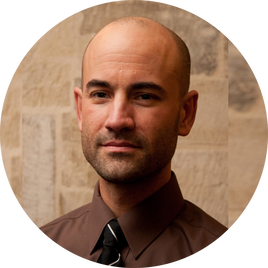Virology in the SARS-CoV-2 era
Coordinated by: Denis J. Machado and Susana Ortíz B.
KEYNOTE
Pathogen spillover: lessons learned from emerging bat viruses
Raina Plowright Montana State University, Bozeman, Montana, USA
|
Dr. Plowright investigates the dynamics of disease systems that connect human and animal populations. She is trained as an infectious disease ecologist, epidemiologist, and wildlife veterinarian. Her research focuses on the dynamics of zoonotic pathogens in wildlife populations, the transmission of pathogens across species barriers, and links between environmental stressors and pathogen emergence. Her group focuses on WHO priority pathogens that are emerging from bats into humans, including henipaviruses and coronaviruses, as well as other wildlife-pathogen systems with human health and conservation implications. Dr. Plowright leads a collaboration of > 70 scientists (www.batonehealth.org), funded by NSF and DARPA, working to prevent pathogen transmission from bats to humans. This group, spread across five continents, has ongoing field studies in Australia, Bangladesh, Madagascar, and Ghana.
|
TALKS
Early response to COVID-19 using genomics and phylogenetics
Anderson Brito Yale University, New Haven, Connecticut, USA.
|
I am a virologist/bioinformatician. I hold a BSc degree (Hons) in Biological Sciences from the University of Brasília (UnB), a MSc degree in Microbiology from the University of São Paulo (USP), and a PhD in Computational Biology from Imperial College London. Currently I am a postdoctoral associate at the Yale School of Public Health, based at Grubaugh Lab, investigating the emergence, transmission, and evolution of viruses. My early research was mostly related to virology and genomics, when my work was mainly focused on next generation sequencing, assembly and analyses of large DNA virus genomes. Later on, my research focus slightly changed, when I started developing and applying integrative approaches to understand viral evolution by combining DNA/Protein sequences, protein domain architectures, protein structures and mainly phylogenetics. More recently, to contribute to understanding issues directly affecting people’s life, in my Postdoc at Yale I apply my multidisciplinary expertise to study the epidemiology of viruses, investigating the spatial-temporal spread of viruses using computational tools.
|
Genomic epidemiology during a pandemic: lessons learned about open-source tool development, data sharing, and partnership building
Sidney Bell Chan-Zuckerberg Initiative/NextStrain
|
Dr. Bell is a virologist and genomic epidemiologist. Her previous research focused on how viruses cross species, spread through populations, and evolve antigenically. She now works to accelerate science by supporting fellow researchers through her role at the philanthropic Chan Zuckerberg Initiative, where she develops open-source scientific software and advocates for open science practices. Dr. Bell currently works on Nextstrain, an open-source platform for visualizing, exploring and sharing pathogen genomic analyses to aid outbreak response. She also works with COVIDTracker, a partnership with California Departments of Health to bring modern genomic epidemiological tools into public health departments across the state.
|
Understanding SARS-CoV-2 Quasispecies via Long-Read Next-Generation Sequencing
Daniela Mónaco Emory University. Atlanta, Georgia, USA.
|
Dr. Monaco investigates the interplay between pathogens and their human host, focusing in HIV-infected individuals. She is trained as a virologist and an immunologist and she applies cutting edge technologies to understand how HIV adapts to the immune response and how these changes shape the course of the disease. She has applied these technologies to the study of multiple cohorts of HIV-infected individuals around the world as well as to other focuses, such as human genes and other viruses. In the wake of the current COVID-19 pandemic, she is working in a project that aims at evaluating the intra-patient diversity of SARS-CoV-2 during COVID-19 infection using SMRT sequencing.
|
Phylogenomics of Orthocoronavirinae: evolutionary relationships between coronaviruses and their hosts.
Denis Jacob Machado UNC Charlotte. Charlotte, North Carolina. USA.
|
Dr. Jacob Machado is a bioinformatician and a phylogeneticist. His goal as a researcher is to bridge the gap between basic research and applied bioinformatics. He is involved in a range of research projects, from viral genome annotation and evolution to comparative genomics of non-model organisms. Currently, he works as a postdoctoral researcher at Dr. Daniel Janies' lab (https://janieslab.github.io/people.html). Dr. Jacob Machado is being supported by the NIH to investigate echinoderms genomes like sea cucumbers and brittle stars and develop genomic and experimental resources to study regeneration. He is also interested in the phylogenomics of different viruses, ranging from dengue virus to SARS-CoV-2 (which causes COVID-19).
|
Visualizing transmission networks of pathogens using phylogenetic data with StrainHub.
Colby T. Ford UNC Charlotte. College of Computing and Informatics. USA.
|
Colby T. Ford, Ph.D. is an associate faculty member of the School of Data Science at the University of North Carolina at Charlotte and is a bioinformatics researcher in the Department of Bioinformatics and Genomics. He performs research in the realms of human genomics and infectious diseases and applies concepts from cloud computing, distributed computing, and machine learning to help along the way. Outside of academia, Colby is a cloud artificial intelligence architect at BlueGranite, a top-tier Microsoft and Databricks partner.
|







